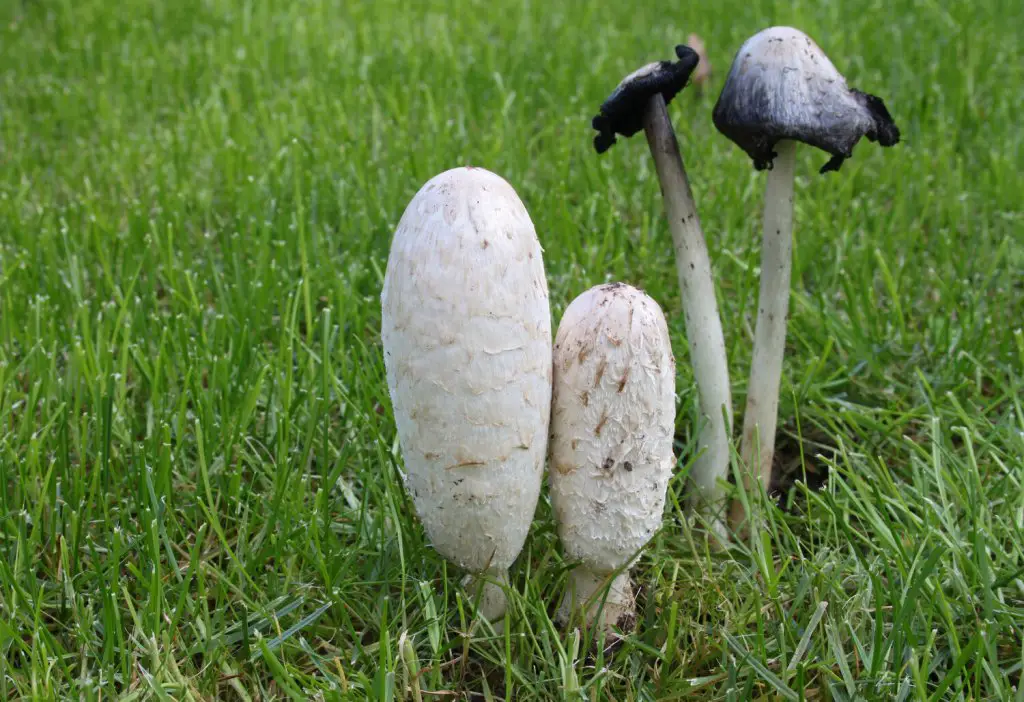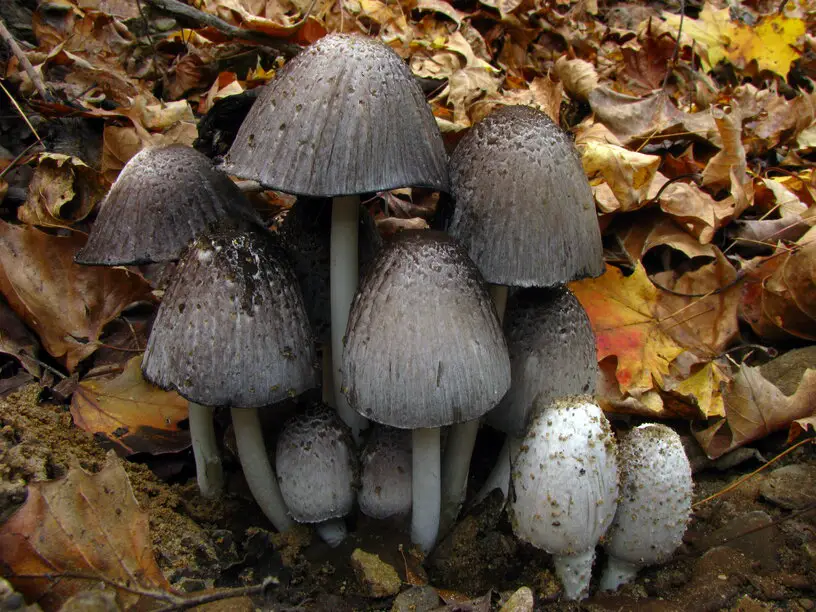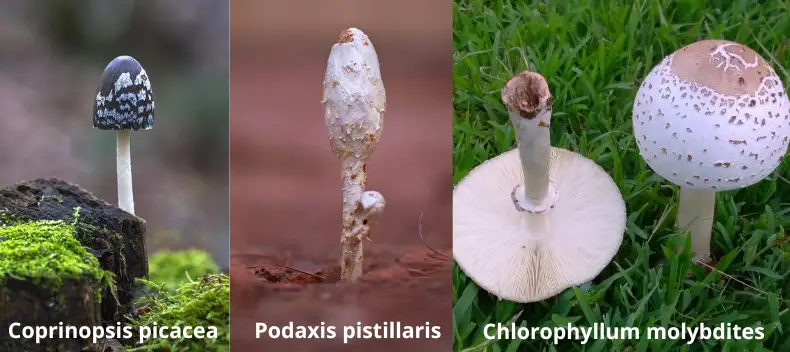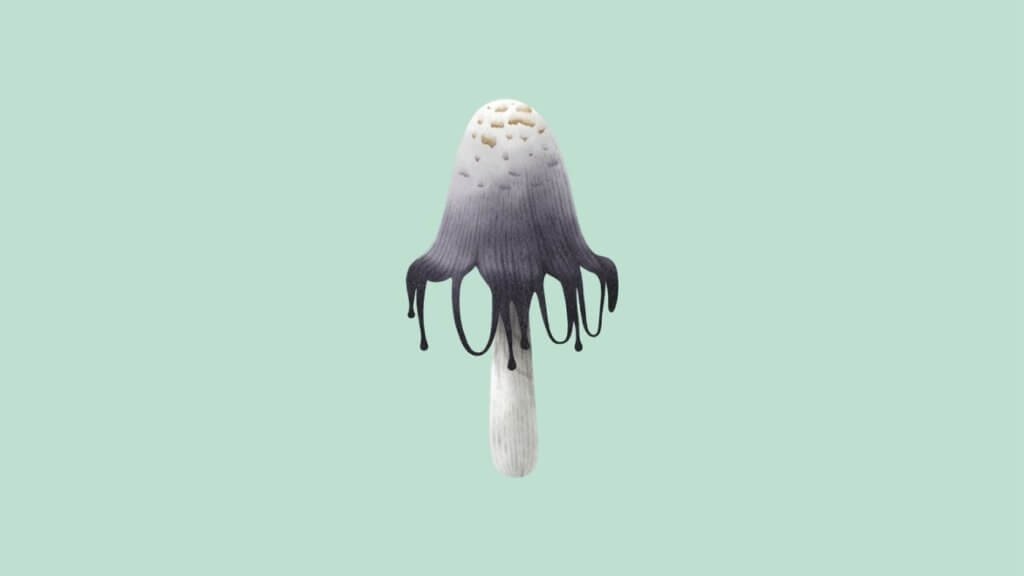Shaggy mane mushrooms (Coprinus comatus) are easy to identify and edible. They’re the perfect choice for beginner foragers. You may also hear these wild mushrooms called ‘lawyer’s wig,’ mainly because they are reminiscent of old-school wigs in historical courtrooms.
Shaggy mane mushrooms or shaggy inky caps are also known by their scientific name Coprinus comatus. These fungi are popular as they are among some of the most full-proof, wild, and edible mushrooms.
This reputation partly comes from their easy-to-identify nature. Beginner forager should add the Coprinus comatus to their list of mushroom hunting.
Is The Shaggy Mane Mushroom Edible?
Not only is this an edible mushroom, but it’s also delicious.
What Are You Foraging For Right Now?
We're thrilled to hear your ideas. What would you like to submit today? Feel free to share your thoughts and experiences with us.
Considered to be the cream of the crop of edible wild mushrooms, the shaggy mane mushrooms are best eaten when young. Try to catch the Coprinus comatus before the cap turns into a shaggy ink cap, separating and turning into ink.
Ensure you eat these mushrooms soon after harvesting. They don’t stay good for long.
But if you can’t use up all your stashes immediately, try preserving these mushrooms by dehydration.
Can You Consume Shaggy Manes With Alcohol?
Unlike one of its most common lookalikes, the common inky cap (Coprinopsis atramentaria) which cannot be consumed with alcohol, with shaggy mane mushrooms there is no adverse reaction if consumed with alcohol.

Can You Eat Shaggy Manes Raw?
Although shaggy mane mushrooms are still considered edible even when raw, it’s always best to cook them before consumption.
What Do Shaggy Mane Mushrooms Taste Like?
Shaggy mane mushrooms are always best when foraged and eaten young. In these conditions, Coprinus comatus sport a mild and pleasant flavor.
But don’t wait until the gills start to turn black, as they may leave a bitter taste in your mouth.
Some people don’t seem to mind this more robust flavor, which could also be described as more aromatic, intense, and mushroomy.
How to Identify Shaggy Mane Mushrooms
The shaggy ink cap is evident by the tan, reddish-brown, or grey shaggy scales, which look like the shaggy parts of the shaggy mane.
With the mushroom cap‘s white or lightish-colored background, these upturned scales are easy to spot.
The spore print itself is usually a deep black, or at least dark-brown.
Be careful when foraging these edible mushrooms, as the white cylindrical cap is fragile. Handle them too firmly, and you risk the shaggy mane mushroom falling apart in your hands, even when fresh and ripe for the plucking.
Part of foraging for shaggy mane mushrooms is knowing when they’ve aged; it only has a short shelf life. Once they’re even slightly aged, it disintegrates pretty easily.
Young shaggy mane mushrooms begin with white gills, which turn into black ink, or goo, before long. Their disintegration rate is where this mushroom gets its other common name, the inky cap.
This black ink is an effective natural dye and is often used as coloring for dishes and recipes.

Where Do Shaggy Manes Grow?
Knowing where and when shaggy mane mushrooms grow is essential for foraging. Look for them in lawns, rocky soil, wood chip piles, or any compacted or abused patches of land in late summer and fall.
Urban foragers head out after a rain and look for these edible mushrooms in degraded or compacted soil. Don’t forget to check the roadsides.
You don’t have to venture into the wild to find these little mushroomy gems.
Are There any Shaggy Mane Lookalikes?
Although the shaggy mane mushroom is easy to identify, it can sometimes be mistaken for a handful of other wild mushrooms.
One of its closest lookalikes is the inky cap mushroom, or the common inkcap mushroom (Coprinopsis atramentaria).
Even if edible, this mushroom becomes poisonous when consumed with alcohol.
Check our video on the 7 most poisonous mushrooms growing in the US (mushroom details and ingestion symptoms included)!
Highly similar to a shaggy mane in look and their inky substance-producing skills, it’s easy to see how they’re confused.
Both of these mushrooms sport a long bullet-style shape when young and fresh. But no ‘shaggy mane’ style section on the cap of the Coprinopsis atramentaria.

Although the common inkcap is edible, there are other shaggy mane mushroom poisonous lookalikes:
- Coprinopsis picacea (magpie fungus)
- Podaxis pistillaris
- Chlorophyllum molybdites (the vomiter)

How do you Cook Shaggy Manes?
Like many other edible mushrooms, shaggy manes are best cooked sauteed in either olive oil or butter. They are lip-smackingly good on their own or when added to other dishes, like;
- Cooked but cold salads
- Asian salads
- Noodles
- Stir-fries
- Pasta dishes topped with parmesan
But beware, a lot of liquid comes off these edible mushrooms. So rather than waste the juicy mushroom water, you can add it to mushroom soup or risotto to replace the chicken stock. Perfect for vegans and vegetarians.
Shaggy Mane Mushrooms: Any Health Benefits?
It’s easy to see why Coprinus comatus holds such favor with the foragers of Europe and North America.
Some of their favorite uses include:
- Boosting your immune system
- Keeping diabetes under control through its glucose balancing skills
- As an antioxidant
Whether you call them by their scientific name of Coprinus comatus or the more common name shaggy mane mushrooms, this wild mushroom is worth learning about, foraging, and cooking in some delicious mushroom recipes.
Getting into the great, wet outdoors in search of edible plants, herbs, fruits and fungi is one of Sarah’s favorite outdoor pursuits. She thinks there’s nothing better than combining her passion for hiking with the start of the foraging season. Sarah’s definitely not afraid of a little rain and dirt, it’s all part of the fun.

